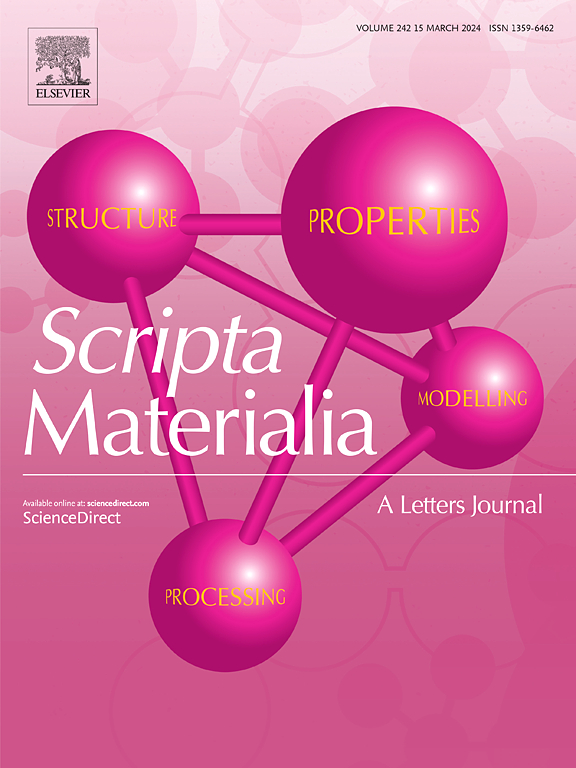Machine learning-assisted creep life prediction and empirical formula generation for 9-12% Cr steel
IF 5.6
2区 材料科学
Q2 MATERIALS SCIENCE, MULTIDISCIPLINARY
引用次数: 0
Abstract
The creep behavior of steels is influenced by factors such as lattice structure, defects, and stress conditions. Given the high cost and time required for creep tests, accurately predicting creep life and minimum creep rate is essential. This study analyzed 9–12% chromium (Cr) steel using a dataset of 1496 entries covering material composition, mechanical properties, minimum creep rate, and creep life. Nine machine learning (ML) models were developed, with the artificial neural network (ANN) achieving the highest prediction accuracy, evidenced by a coefficient of determination (R2) of 0.9973 and a root mean square error (RMSE) of 0.045. A dual-target neural network model provided R2 values of 0.9853 for creep life and 0.9838 for minimum creep rate. Additionally, an empirical equation based on gene expression programming (GEP) achieved an R2 exceeding 0.9741. This study offers novel insights into the design of 9–12% Cr steel with enhanced creep life.

9-12% Cr钢的机器学习辅助蠕变寿命预测及经验公式生成
钢的蠕变行为受晶格结构、缺陷和应力条件等因素的影响。考虑到蠕变试验所需的高成本和时间,准确预测蠕变寿命和最小蠕变速率至关重要。本研究使用1496个条目的数据集分析了9-12%铬(Cr)钢,包括材料成分、机械性能、最小蠕变速率和蠕变寿命。建立了9个机器学习(ML)模型,其中人工神经网络(ANN)的预测精度最高,决定系数(R2)为0.9973,均方根误差(RMSE)为0.045。双目标神经网络模型的蠕变寿命R2为0.9853,最小蠕变速率R2为0.9838。此外,基于基因表达编程(GEP)的经验方程R2超过0.9741。该研究为提高蠕变寿命的9-12% Cr钢的设计提供了新的见解。
本文章由计算机程序翻译,如有差异,请以英文原文为准。
求助全文
约1分钟内获得全文
求助全文
来源期刊

Scripta Materialia
工程技术-材料科学:综合
CiteScore
11.40
自引率
5.00%
发文量
581
审稿时长
34 days
期刊介绍:
Scripta Materialia is a LETTERS journal of Acta Materialia, providing a forum for the rapid publication of short communications on the relationship between the structure and the properties of inorganic materials. The emphasis is on originality rather than incremental research. Short reports on the development of materials with novel or substantially improved properties are also welcomed. Emphasis is on either the functional or mechanical behavior of metals, ceramics and semiconductors at all length scales.
 求助内容:
求助内容: 应助结果提醒方式:
应助结果提醒方式:


